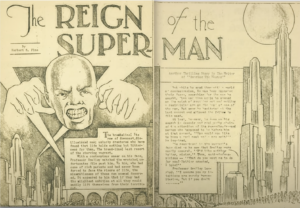Big Ten Open Books: An Interview with Kate McCready (BTAA) and Charles Watkinson (UM)
Authors Alliance has had a longstanding interest in helping authors see their older books reinvigorated with new life by making them available online for free on an open access basis. One of the most exciting initiatives working on OA for backlist books is the Big Ten Open Books program. This post is based on a set of questions I posed to Kate McCready (Program Director for Open Publishing, Center for Library Programs at the Big Ten Academic Alliance) and Charles Watkinson (Director of University of Michigan Press and Associate University Librarian for Publishing at the University of Michigan) about what the program is and how it works.







